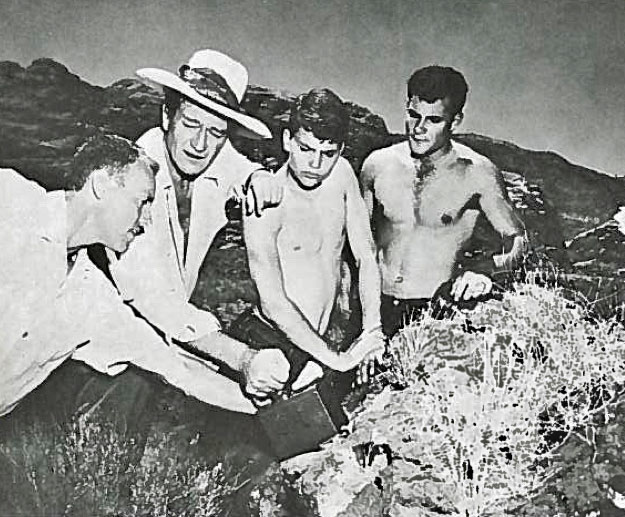flhrci
Final Approach
So, I have been wondering what NASA might use for the computer in the next moon mission. Considering how little power the original Apollo computers had, do you guys think they will strap in an iPad or Samsung tablet, or use Intel or AMD Cpu's? Or a phabelt?
Or just build another multi-million dollar, custom machine?
And for software, should they just use Space Foreflight?
David
Or just build another multi-million dollar, custom machine?
And for software, should they just use Space Foreflight?
David


